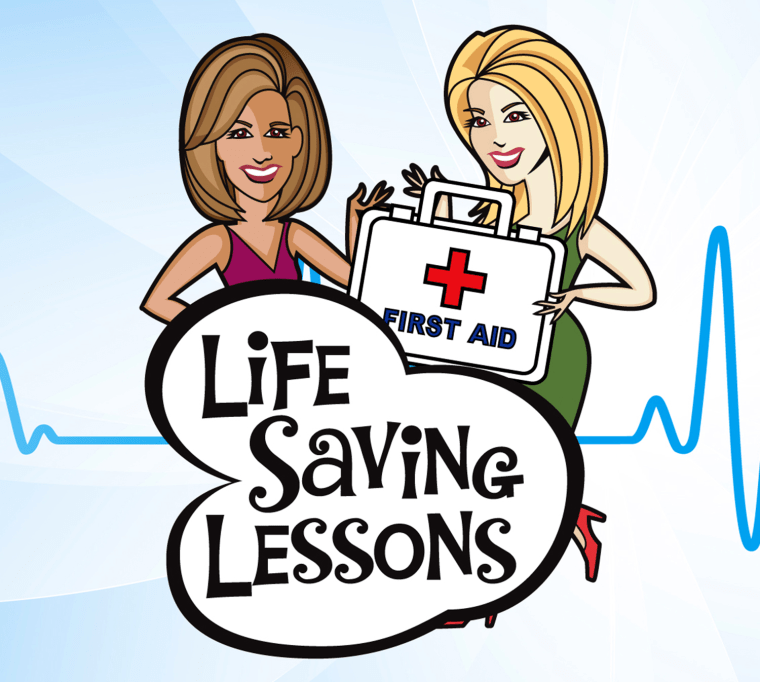In day 2 of our Life Saving Lessons series, Dr. Corey Hebert, a physician at LSU Health Sciences Center and Tulane University, says how you respond in the first 60 seconds of a life-threatening situation is the most important. He outlines tips to handle common medical crises.

Heart attack
Symptoms
Chest discomfort that feels like pressure, fullness or a squeezing pain in the center of your chest, discomfort in other parts of your upper body, such as one or both arms, back, neck, stomach, teeth, and jaw, unexplained shortness of breath, with or without chest discomfort.
Men and women often have different symptoms. Women should be aware of jaw and abdominal pain and also feeling tired.
What to do
*Immediately call 911.
*Have the person chew 1 full strength 325 mg aspirin.
*If the person is unresponsive, perform CPR or try restarting the heart with an AED.
Stroke
Symptoms
Weakness, paralysis or numbness of the face or limbs, particularly on one side of the body, vision suddenly becoming blurred or decreased, difficulty talking or understanding speech, sudden difficulty swallowing, an unexplained fall, dizziness or loss of balance.
What to do
* Ask the person to smile and note if it's uneven.
* Ask them to stick out their tongue. Make a note if the tongue goes from one side or another.
* Stay with the person, reassure them and keep them warm and comfortable.
Choking
What to do
* Ask: "Are you choking? Can you speak?"
* Do not perform CPR if the person is coughing forcefully. A strong cough can dislodge the object.
* Perform 5 back blows between the shoulder blades.
* Deliver 5 abdominal Heimlich thrusts.
Seizure
What to do
* Loosen anything around the neck.
* Lay the person on their side.
* Move anything dangerous or sharp away from them.
* Do not put anything in the person's mouth.
Allergic reaction
What to do
* If the person could be having a serious, life-threatening reaction called anaphylaxis (which can include either cardiovascular or breathing problems or both), emergency treatment with epinephrine is needed immediately, according to the American Academy of Allergy, Asthma & Immunology.
*More tips and recommendations about dealing with food allergies from FARE (Food Allergy Research & Education).
Diabetic shock / low blood sugar
Symptoms
Dizziness, irritability, moodiness or sudden changes in behavior, hunger, shakiness, sweating, rapid heart beat, confusion, headache or even fainting.
What do to
* Give the person 1/2 cup of fruit juice, regular soft drink, milk , sugar or honey.